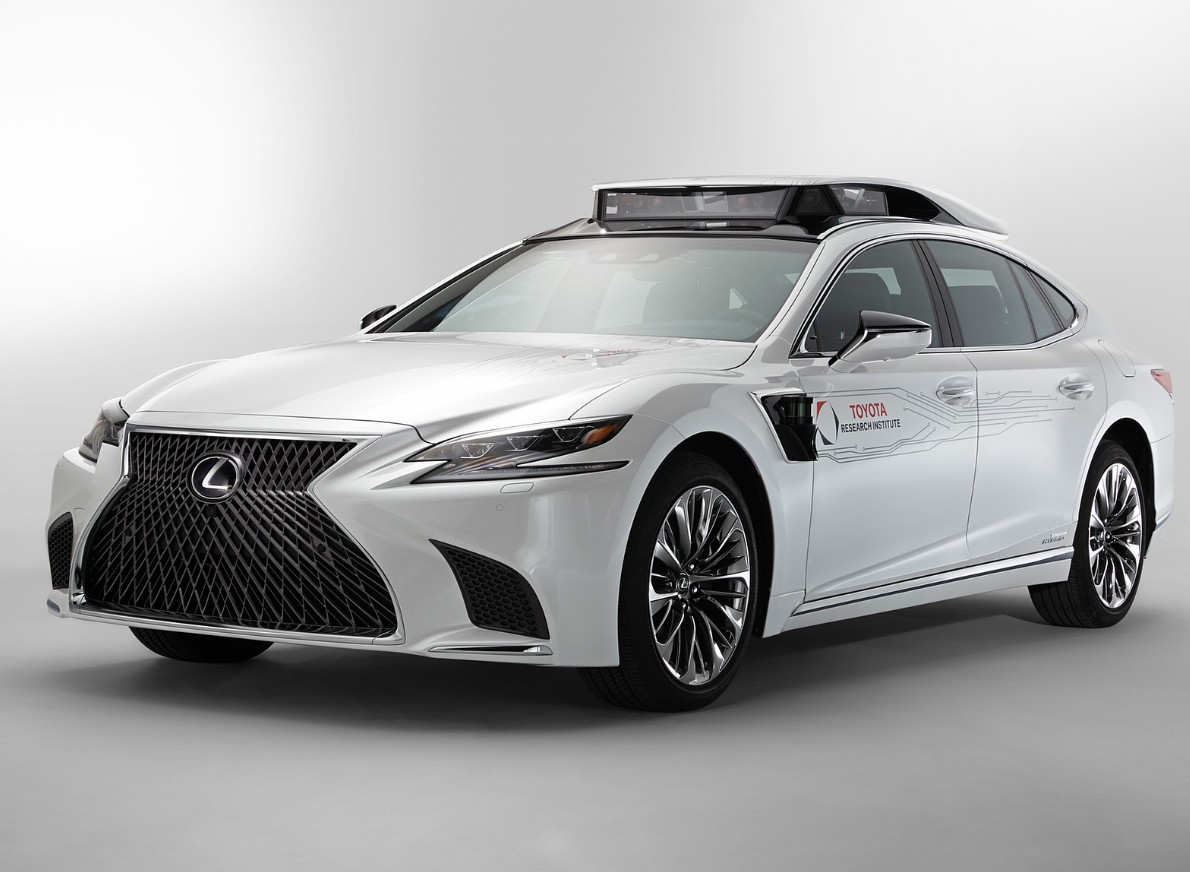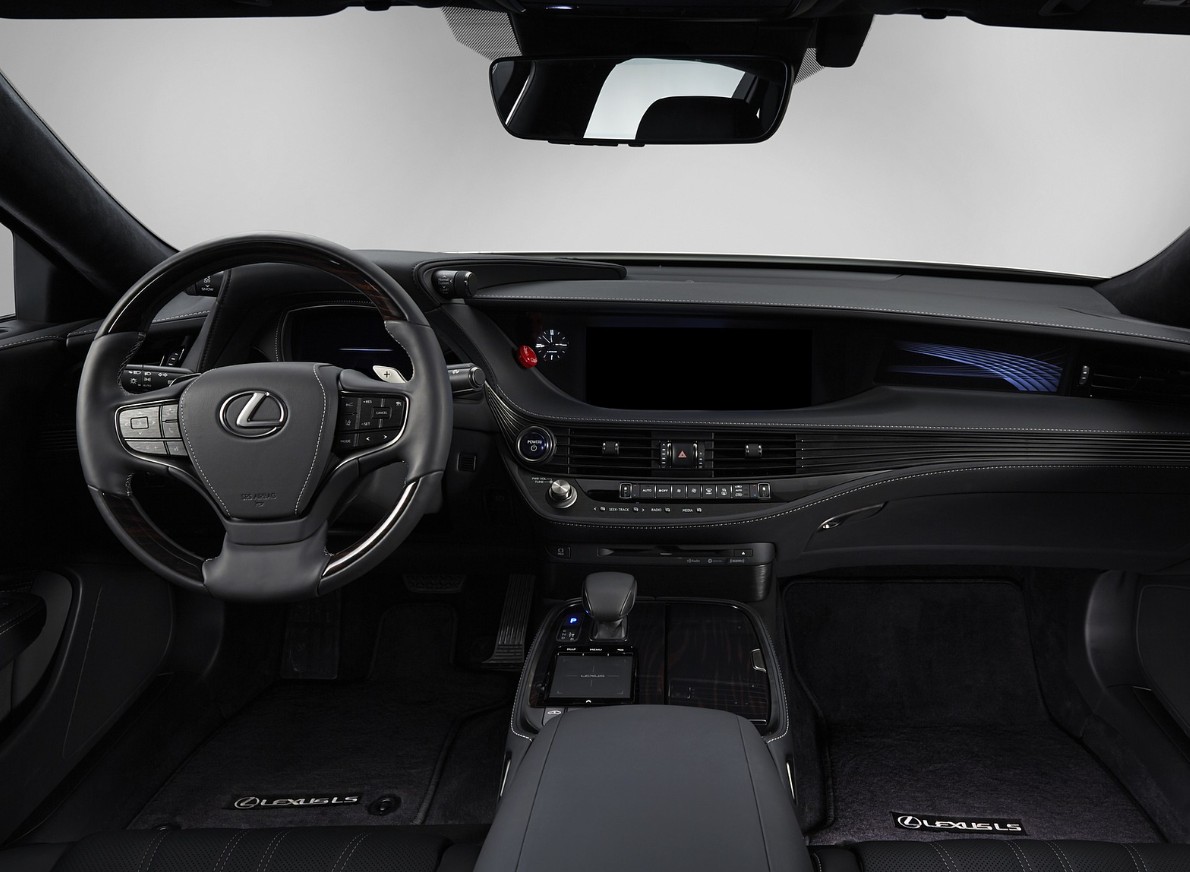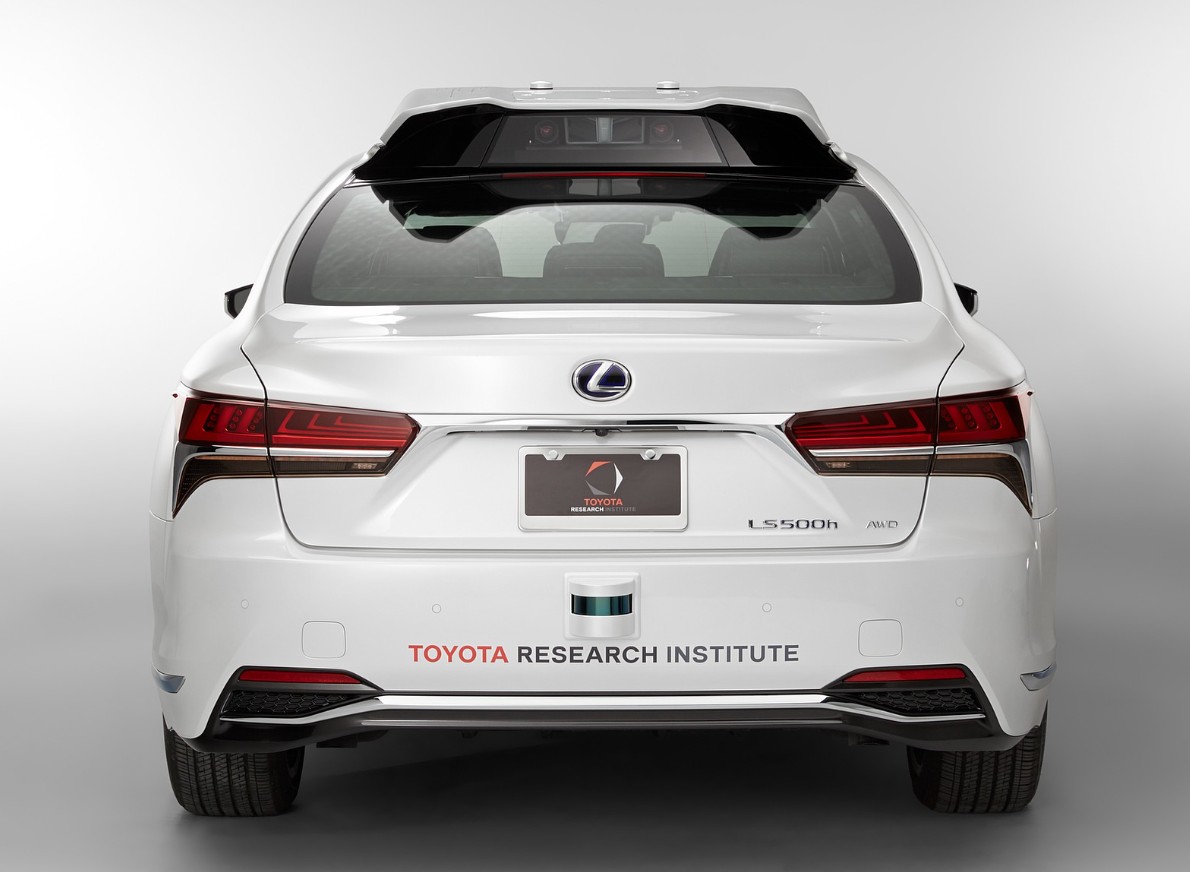2027 Lexus LS TRI-P4 Autonomous Review, Engine, Configurations – The 2027 Lexus LS TRI-P4 Autonomous represents the pinnacle of Lexus engineering—a flagship sedan that bridges luxury craftsmanship with cutting-edge artificial intelligence. This latest generation of the LS builds upon the brand’s reputation for sophistication and precision, but it now advances into the era of full autonomy. The TRI-P4 system, developed in collaboration with the Toyota Research Institute, integrates advanced sensors, AI-driven predictive algorithms, and real-time learning capabilities, allowing the LS to navigate complex environments without human input. Lexus has also redesigned the chassis and architecture to support its sophisticated computing and sensor suite, ensuring seamless operation and superior stability. 2027 Lexus LS TRI-P4 Autonomous Review
2027 Lexus LS TRI-P4 Autonomous Redesign and Update Plan
Exterior & Interior
From the outside, the 2027 Lexus LS TRI-P4 Autonomous exudes futuristic refinement with every contour. Its sculpted body reflects Lexus’ signature “L-Finesse” philosophy while incorporating autonomous-specific enhancements. The flush-mounted sensors and radar arrays are integrated elegantly into the front bumper and side panels, maintaining a clean aesthetic without compromising function. The sleek, coupe-like silhouette complements its extended wheelbase, while subtle blue accents and lighted Lexus emblems signify its autonomous and electrified nature. Exclusive 21-inch turbine-style wheels are optimized for airflow management, contributing to reduced turbulence and enhanced stability at higher speeds.
Inside, the LS TRI-P4 transforms traditional automotive luxury into a digital sanctuary. Lexus has reimagined the cabin with a focus on serenity and connectivity, crafting an environment that adapts dynamically to driver and passenger needs. The interior is adorned with handcrafted materials—open-pore wood, quilted semi-aniline leather, and sustainable fiber composites—paired with ambient LED lighting that shifts hues based on driving mode or passenger mood. The steering wheel retracts during autonomous operation, allowing for greater legroom and a lounge-like atmosphere, while the fully adjustable seats offer massage, climate control, and biometric health monitoring features.
Technologically, the cabin serves as the command center for the TRI-P4’s intelligence. A 21-inch curved OLED display merges the instrument cluster and infotainment system, offering an intuitive, multi-layered interface. Haptic feedback panels replace traditional buttons, while an AI-powered voice assistant learns user preferences over time—adjusting lighting, navigation routes, and even audio levels automatically. The sound system, developed with Mark Levinson, creates an immersive 3D acoustic experience, and the panoramic glass roof incorporates electrochromic shading for customizable transparency. The LS TRI-P4’s interior isn’t just luxurious—it’s an intelligent environment that anticipates and fulfills every passenger’s need with precision.
The exterior of the 2027 LS TRI-P4 features evolutionary styling cues, emphasizing aerodynamic precision and futuristic design language. Lexus engineers have refined the vehicle’s proportions, giving it a lower and wider stance that improves both aerodynamics and road presence. Adaptive aerodynamics—such as active grille shutters and retractable lidar sensors—help reduce drag while maintaining optimal airflow around the body. The LED matrix headlights, combined with laser high beams, not only provide impeccable illumination but also function as part of the autonomous vision system. These design choices aren’t just for aesthetics—they serve a direct role in enhancing the vehicle’s awareness and operational efficiency.
Lexus’ update strategy focuses on harmonizing human-centric luxury with technological innovation. The TRI-P4 model introduces a reinforced body structure built on the GA-L platform, engineered to accommodate additional batteries, processing units, and cooling systems. The integration of a secondary fail-safe architecture ensures uninterrupted autonomous operation, even in rare component failures. The LS TRI-P4 isn’t simply an upgraded luxury sedan—it’s a living ecosystem of sensors, cameras, and software designed to provide ultimate safety, comfort, and intelligence, embodying Lexus’ pursuit of perfection through technology.
2027 Lexus LS TRI-P4 Autonomous Specs
Engine & Performance
The 2027 Lexus LS TRI-P4 Autonomous delivers more than intelligent automation—it embodies Lexus’ ongoing commitment to refined performance. Powering the sedan is a hybridized twin-turbo 3.5-liter V6 engine paired with two electric motors, collectively producing around 480 horsepower. This advanced system provides smooth, instantaneous torque while maintaining the quiet sophistication that Lexus is known for. The powertrain operates seamlessly between gas and electric modes, ensuring optimal efficiency whether driven manually or autonomously. A high-capacity lithium-ion battery pack supports extended electric-only range, offering near-silent cruising during low-speed autonomous operation.
Performance is further enhanced through Lexus’ next-generation Direct4 all-wheel-drive system, which intelligently distributes power between the front and rear axles based on traction and cornering dynamics. The adaptive air suspension continuously monitors road conditions, adjusting ride height and damping in real-time for a composed yet engaging drive. When the vehicle operates autonomously, the system optimizes acceleration, braking, and cornering for maximum efficiency and passenger comfort. Lexus’ engineers have tuned the steering and braking systems to deliver the same precision and responsiveness that enthusiasts expect, even within an AI-controlled framework.
Driving enthusiasts still retain the option to take full control when desired. The LS TRI-P4’s performance mode recalibrates throttle response, steering feedback, and suspension stiffness, delivering a distinctly driver-focused experience. Despite its technological prowess, Lexus ensures that the LS remains a true luxury performance sedan—capable of transitioning effortlessly between hands-free autonomy and exhilarating manual control. The blend of mechanical refinement and electronic intelligence creates a driving experience that’s both emotionally engaging and technologically groundbreaking. 2027 Lexus LS TRI-P4 Autonomous Review
2027 Lexus LS TRI-P4 Autonomous Safety Features
Safety lies at the core of the 2027 Lexus LS TRI-P4 Autonomous, embodying Lexus’ unwavering commitment to protecting both passengers and pedestrians. The TRI-P4 platform incorporates an array of 360-degree sensors, including 12 high-resolution cameras, 8 lidar units, long-range radar, and ultrasonic sensors that continuously map the environment in real-time. These systems allow the LS to anticipate road conditions, detect potential hazards, and react faster than a human driver. Machine learning algorithms analyze billions of data points per second, refining decision-making processes based on contextual awareness and predictive modeling.
The TRI-P4’s AI is capable of complex maneuvers—such as merging into high-speed traffic, handling unmarked intersections, and performing evasive maneuvers when sudden obstacles arise. The system’s redundancy ensures safety even under system faults: secondary braking and steering modules automatically engage if primary systems fail. Lexus engineers have also incorporated Vehicle-to-Everything (V2X) communication, allowing the LS to interact with infrastructure, other vehicles, and pedestrians for improved situational awareness. This capability significantly reduces collision risks in urban environments and enhances the flow of autonomous traffic networks.
Inside, safety extends to the human experience. The cabin is equipped with biometric sensors that monitor driver alertness, heart rate, and fatigue levels, automatically transitioning to full autonomy if the driver shows signs of impairment. The Pre-Collision System with Pedestrian Detection and Emergency Steering Assist ensures that both occupants and nearby individuals remain protected. Additionally, Lexus’ Guardian Mode allows the TRI-P4 to assist drivers without taking full control—serving as a co-pilot that intervenes only when necessary. Collectively, these systems represent a monumental leap toward a zero-accident mobility ecosystem.
2027 Lexus LS TRI-P4 Autonomous Release Date & Price
Pricing for the 2027 LS TRI-P4 is expected to start at $115,000, placing it at the upper echelon of the luxury sedan segment. Fully equipped models, featuring extended autonomous capabilities and bespoke interior options, may exceed $140,000. Lexus plans to offer a tiered autonomy package—ranging from partial self-driving functions to full hands-free operation under specific conditions. This allows buyers to select the level of automation that best suits their lifestyle while ensuring accessibility across various markets.
The 2027 Lexus LS TRI-P4 Autonomous is expected to debut globally in late 2026, with customer deliveries commencing in early 2027. Lexus has confirmed that the model will initially launch in major cities with advanced infrastructure to support autonomous vehicles, including Los Angeles, Tokyo, and Munich. As regulations evolve, Lexus aims to expand its autonomous fleet worldwide, positioning the LS TRI-P4 as the ultimate expression of intelligent luxury mobility for a new era. 2027 Lexus LS TRI-P4 Autonomous Review
Conclusion
The 2027 Lexus LS TRI-P4 Autonomous is not just a luxury sedan—it’s a revolution in intelligent transportation. By merging Lexus’ hallmark craftsmanship with groundbreaking artificial intelligence, it creates a driving experience that’s both human and beyond human. Every element, from its sculpted design to its adaptive intelligence, embodies a future where comfort, performance, and autonomy coexist in perfect balance. This flagship model sets a new benchmark for innovation, proving that the future of luxury driving lies not only in power and prestige but also in intelligence and trust.


